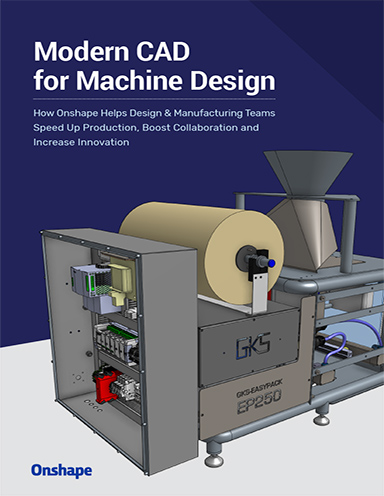3D Printing Trend Report 2022 Now Out
Great growth predicted for 3D printing industry—market is expected to triple by 2026.
Latest News
May 11, 2022
Hubs, a company in distributed manufacturing, has released their annual 3D Printing Trend Report that shows the 3D printing market is experiencing healthy growth after an initial decline because of COVID-19. According to the report, the market grew by about 19.8% in 2021, with over $15.1 billion in revenue. An analysis of research by 12 market-analyst firms shows predicted market growth of 24% to around $44.5 billion by 2026.
The report suggests that industry developments over the next several years will position 3D printing to surpass its role as a rapid and functional prototyping technology, shifting toward viable end-use parts and serial production applications. In general, more engineers are using 3D printing than in previous years—68% of respondents to an industry survey used 3D printing more in 2021 than in 2020—and the hardware market is expected
to hit a market size of nearly $10 billion within the decade.
The 3D Printing Trend Report 2022 includes insights from a survey of several hundred engineering businesses, conducted in February 2022, and systemic reviews of industry news and market analysis reports.
Forecasts in the report show a compound annual growth rate (CAGR) of 24% over the next 5 years, in line with Hubs 2020 report—and well above the 2021 report that predicted
a CAGR of 19%—indicating market recovery and increased confidence in industry growth.
You can download the 3D Printing Trend Report 2022 here.
Key findings include:
- The overall 3D printing market will grow by 24% to reach $44.5 billion by 2026.
- 49% of survey respondents printed 10+ parts in their production runs, compared to 36% in 2021.
- 2D printing use is steadily moving towards more industrial production applications.
- 68% of respondents used 3D printing more in 2021 than in 2020.
- Many sources suggest the driving force in 3D printing this year will be new materials and composites.
- Companies that adopted Industry 4.0 prior to the pandemic seemed to fare better throughout COVID-19, which has pushed more companies to adopt Industry 4.0 technologies, including 3D printing.
- As a decentralized, digital manufacturing technology, 3D printing may become a viable way to support climate action initiatives, especially given the development of newer, more sustainable metal and polymer materials.
Sources: Press materials received from the company and additional information gleaned from the company’s website.
Subscribe to our FREE magazine, FREE email newsletters or both!
Latest News
About the Author
DE’s editors contribute news and new product announcements to Digital Engineering.
Press releases may be sent to them via DE-Editors@digitaleng.news.






